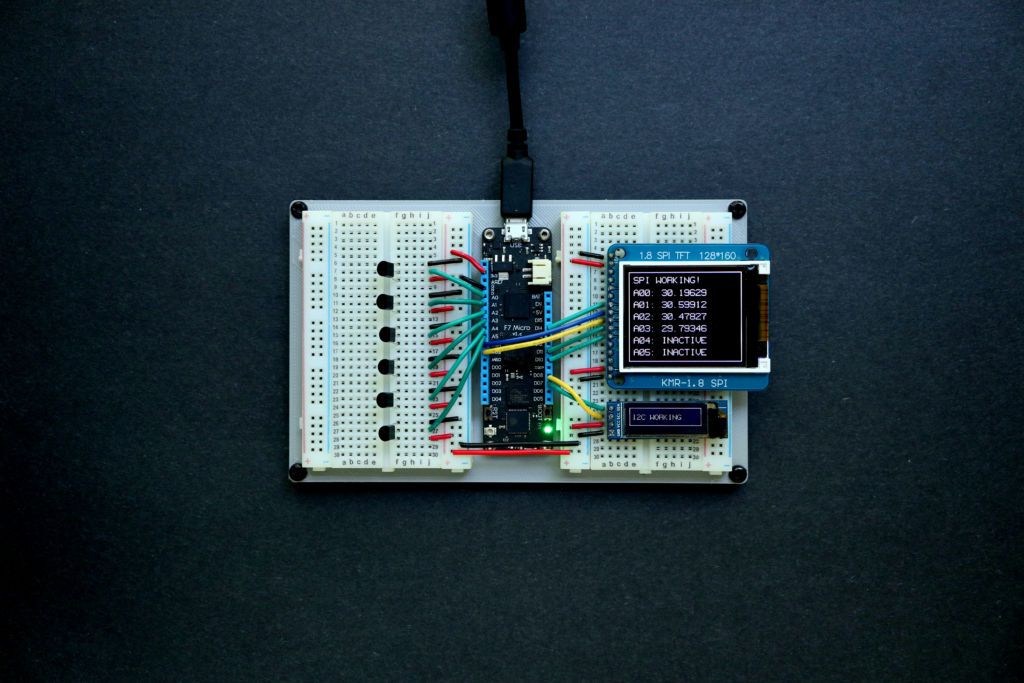When exploring IoT Protocols MQTT vs HTTP, it is essential to understand their roles in ensuring efficient and reliable data exchange in the expanding Internet of Things (IoT) landscape. MQTT (Message Queuing Telemetry Transport) and HTTP (HyperText Transfer Protocol) are two of the most popular protocols in this domain. This blog explores their differences, use cases, and which one might be best for your IoT project.
What is MQTT?
MQTT is a lightweight messaging protocol designed for low-bandwidth, high-latency, or unreliable networks. It follows a publish-subscribe model, where devices publish messages to a broker, and subscribers receive those messages.
Key Features of MQTT:
- Lightweight and Efficient: Ideal for devices with limited processing power and bandwidth.
- Publish-Subscribe Model: Decouples message producers and consumers, enabling scalable communication.
- Quality of Service (QoS) Levels: Ensures reliable message delivery through three levels of QoS.
- Retained Messages: Stores the last message sent on a topic, allowing new subscribers to receive the most recent message immediately.
Common Use Cases:
- Home Automation: Smart home devices like thermostats, lights, and security systems.
- Industrial Automation: Monitoring and control systems in manufacturing.
- Remote Monitoring: Collecting data from remote sensors and devices.
What is HTTP?
HTTP is the protocol used for transferring web pages on the internet. It follows a request-response model, where a client requests data from a server, and the server responds with the requested data.
Key Features of HTTP:
- Widely Adopted: The foundation of data communication on the web.
- Stateless Protocol: Each request is independent, making it simpler to implement.
- Versatile: Supports various data formats, including HTML, JSON, and XML.
- Security: Built-in security through HTTPS, ensuring encrypted communication.
Common Use Cases:
- Web Applications: Delivering web content and services.
- RESTful APIs: Communication between web services and clients.
- Data Fetching: Retrieving data from web servers for applications.
For a deeper dive into MQTT, check out our detailed guide on real-time data synchronization with Mosquitto MQTT in Node.js.
MQTT vs. HTTP: A Comparison
1. Communication Model:
- MQTT: Publish-subscribe model.
- HTTP: Request-response model.
2. Efficiency:
- MQTT: More efficient for small, frequent messages.
- HTTP: Less efficient due to overhead in each request-response cycle.
3. Network Bandwidth:
- MQTT: Optimized for low-bandwidth networks.
- HTTP: Requires more bandwidth due to larger headers.
4. Reliability:
- MQTT: Offers QoS levels for message delivery assurance.
- HTTP: No inherent message delivery assurance.
5. Scalability:
- MQTT: Highly scalable with multiple subscribers.
- HTTP: Scalability depends on server capability to handle requests.
6. Security
- MQTT: Security implemented through SSL/TLS.
- HTTP: Secure through HTTPS.
Choosing the Right Protocol for Your IoT Project
When to Use MQTT:
- Limited Bandwidth: Ideal for networks with constrained bandwidth.
- Real-Time Data: Suitable for applications requiring real-time updates.
- Battery-Powered Devices: Efficient for devices with limited power resources.
When to Use HTTP:
- Web-Based Applications: Best for web applications and services.
- Complex Data Transactions: Suitable for transferring large and complex data.
- Existing Infrastructure: Easier to integrate with existing web-based systems.
Understanding the strengths and weaknesses of IoT Protocols MQTT vs HTTP is essential for selecting the right protocol for your IoT project. MQTT’s lightweight, publish-subscribe model makes it perfect for constrained environments and real-time applications, while HTTP’s request-response model and widespread adoption make it suitable for web-based services and complex data exchanges. By carefully considering your project’s requirements, you can choose the protocol that best fits your needs and ensures efficient and reliable communication.
For further reading on related technologies and protocols, visit IBM Quantum for insights on quantum computing and Cisco Edge Computing for information on edge computing solutions.

